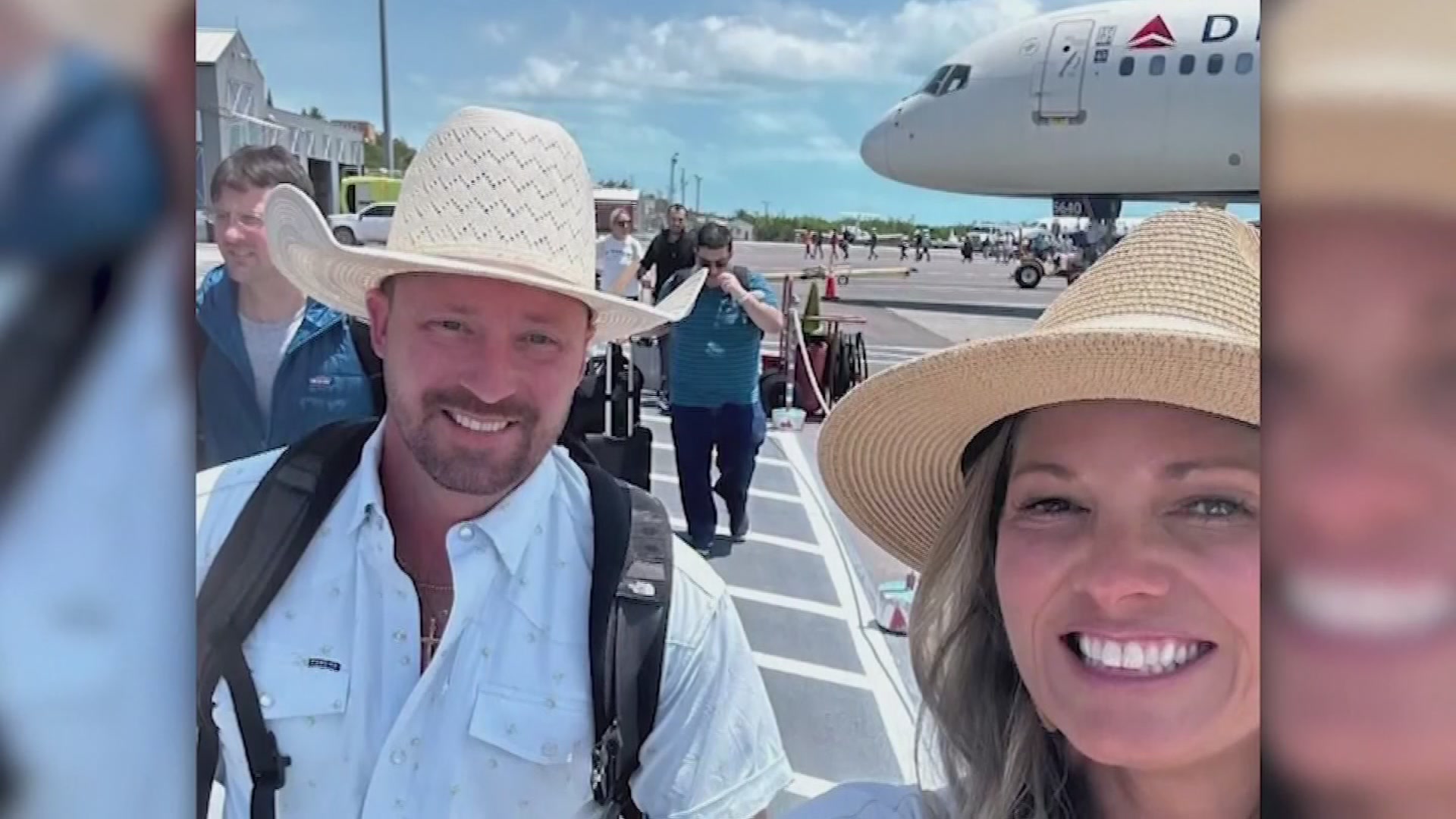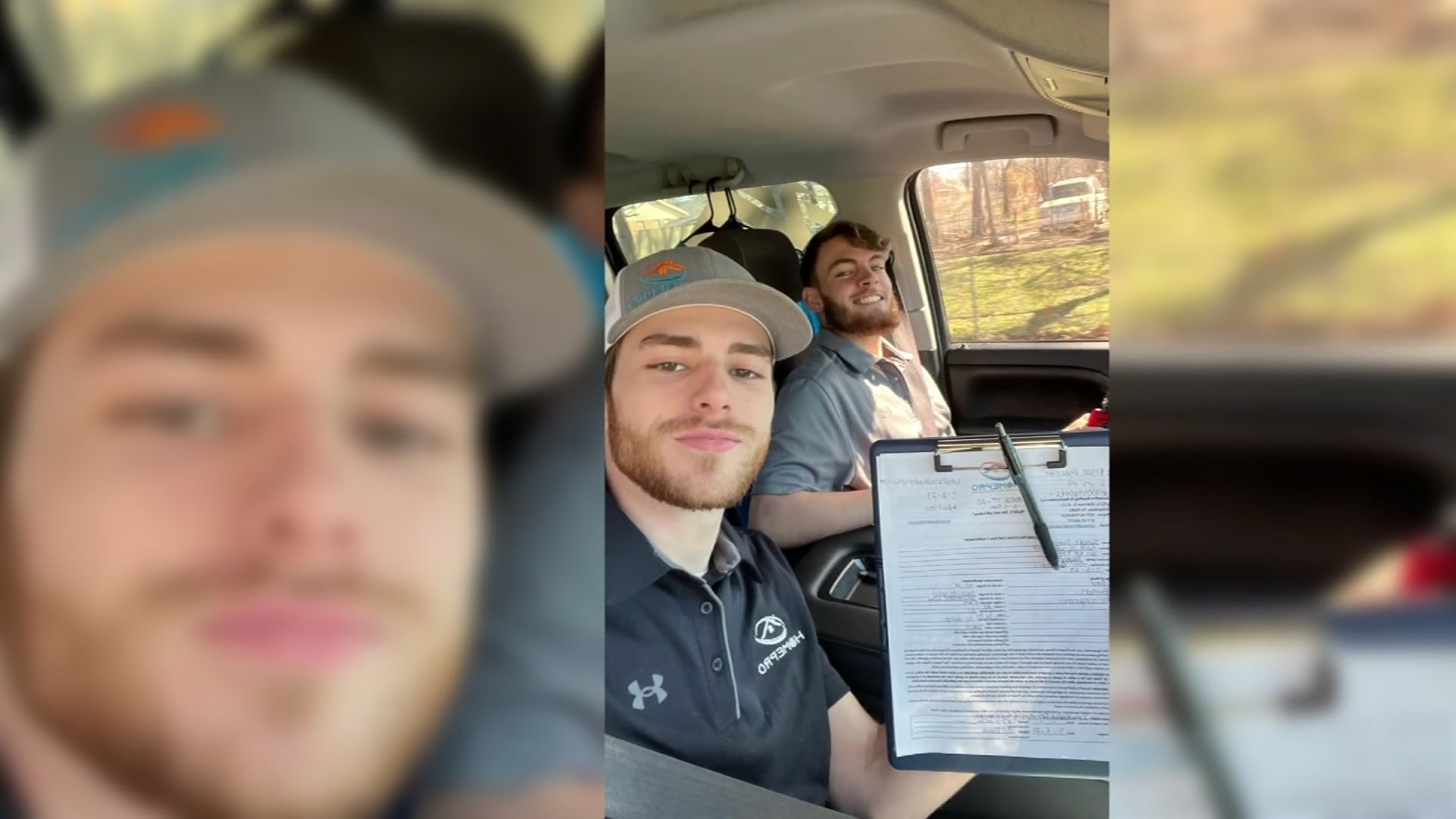Six Flags Over Texas is joining a lawsuit filed by the family of a Dallas woman who fell from a roller coaster at the North Texas amusement park.
Rosa Esparza fell 75 feet to her death while riding the Texas Giant roller coaster in July 2013 at the Arlington park. The ride reopened the same year in September.
The woman's family sued Six Flags and coaster maker Gerstlauer Amusement Rides in state district court in Fort Worth. Six Flags, which denied any liability, has now joined in the lawsuit against Gerslauer.
The lawsuit alleges that the German company's creation is "unreasonably dangerous in design, manufacture, distribution and promotion." The lawsuit alleges that Gerslauer should be financially responsible to the family of Esparza after her death.
Six Flags released the following statement Tuesday afternoon: "We re-opened the ride last fall following the addition of incremental and overlapping safety measures that included re-designed restraint-bar pads from the manufacturer and new seat belts. The Texas Giant is safe to ride and we look forward to opening the park for our 2014 season next week."
Kenneth Broughton, a Houston attorney for Gerstlauer, tells the Fort Worth Star-Telegram the filing is a contract maneuver by Six Flags under its purchase contract with Gerslauer and is "pretty standard" in such cases.
Broughton issued the following statement Tuesday afternoon:
Local
The latest news from around North Texas.
Six Flags had the Texas Giant designed and built according to the specific design specifications of Six Flags. For instance, Six Flags required in writing that the trains have “no seat belts”. Six Flags had these trains designed exactly as Six Flags wanted them to be designed. Six Flags issued its requirements to Gerstlauer, Six Flags participated in the design and testing of the trains prior to installation and then tested the trains when they were delivered to Six flags more than 2 years before the accident. Indeed, there are pictures of Six Flags’ personnel hanging upside down in the seats to test the design prior to the manufacture of the trains. Gerstlauer delivered a test seat to Six Flags at the time the trains were delivered more than two years ago. However, Six Flags did not install the test seat for passengers to use until after this accident. For more than 2 years before the accident, Six Flags was in total control of the maintenance and operation of the trains. Six Flags was also in charge of the hiring and training of its employees who operated the trains.
Gerstlauer issued specific written instructions to Six Flags regarding the proper operation of the trains and the restraint bars. Six Flags in turn prepared its own operating manual and instructions setting forth those instructions. One of the key operating instructions is that the lap bar must be pushed all the way down onto the passenger and locked into place. Six Flags personnel are required to visually and manually check the lap bar by pushing down on each lap bar on each passenger and then pulling up on it to be sure it is locked into place in the lowest possible position. If these procedures would have been followed, this accident would never have happened.
As evidenced by the Arlington Police Report, witnesses reported seeing Ms. Esparza’s lap bar in a high position as it left the station. In other words, her lap bar had not been pushed all the way down as required by the operating instructions. According to the Arlington Police, a Six Flags employee told them that as Ms. Esparza’s train left the station, that employee noticed that the lap bar was in a high position. If the lap bar had been in the proper position this accident would not have occurred. Six Flag’s claim that there is a design defect is incorrect. Rather, Six Flags is trying to point the finger away from its failure to properly follow the operating instructions for the train.



